No, this flood didn't happen in the past few years or even hundreds of years.
13,350 years ago there was a giant lake that was 3 times the size of Lake Ontario today (it was in the same location, too). An ice dam held the water in this lake, which is called Lake Iroquois, until the Earth began to warm.
The ice dam broke and millions of gallons of water washed down the Hudson River valley to the south.
Here's a map depicting the lake and what happened.
I have attached a photo of the flood path.
The flood washed many animals into the waters, including Woolly Mammoths. My geology professor told me that Mastodon tusks were found in sediment when waters were dredged in New York City...these were tusks left over from the giant flood that washed these animals down the Hudson River.
Here's a link to a great read about it-
http://www.whoi.edu/oceanus/viewArticle.do?id=5078
If you're ambitious you can do more research on Lake Iroquois and if you're REALLY interested in this stuff read up on Lake Agassiz- this lake was larger than the Caspian Sea and covered a huge part of North America. When this lake drained (due to the thawing of Hudson Bay) it raised world sea levels 1-3 meters and, arguably, shut down the North Atlantic Thermohaline Circulation causing global cooling called the Younger Dryas stadial.
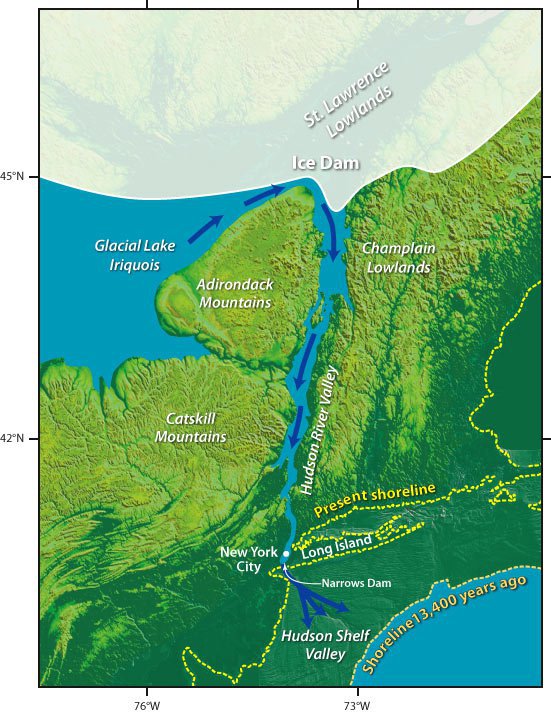
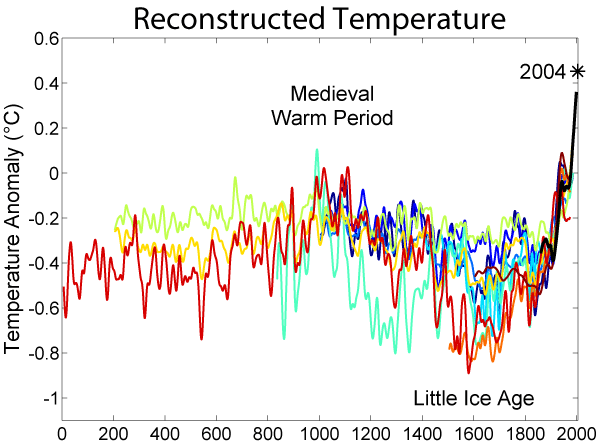
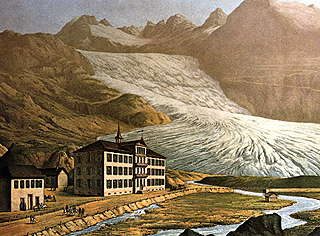
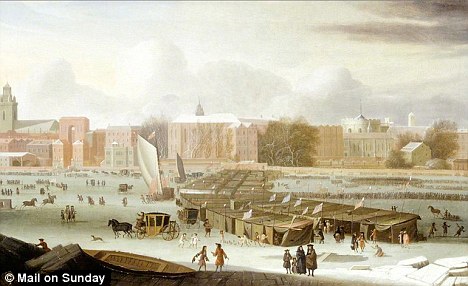
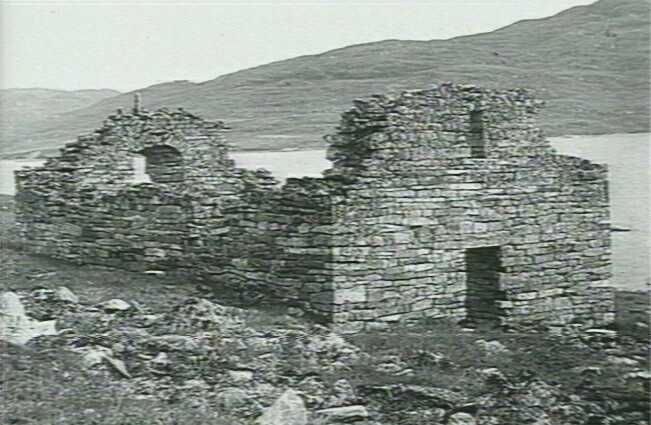
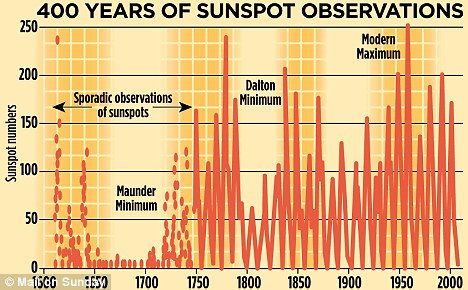
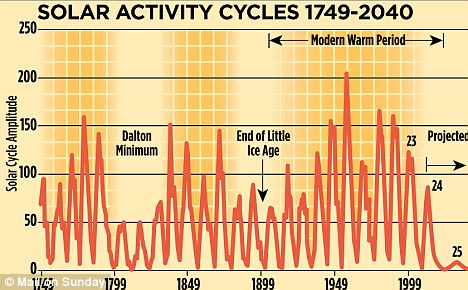
 RSS Feed
RSS Feed
